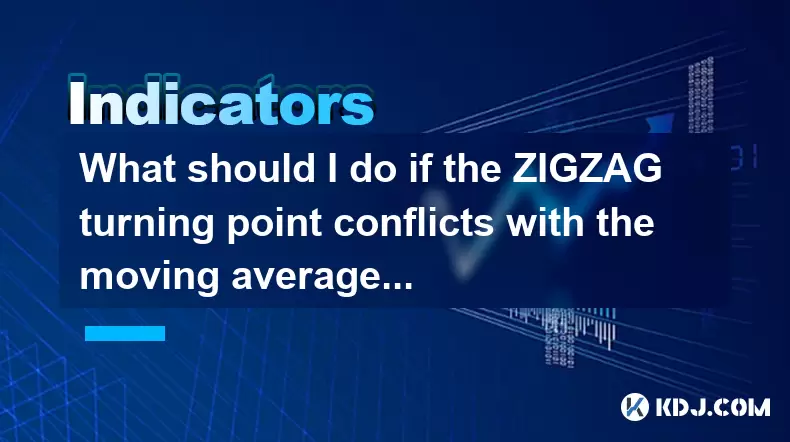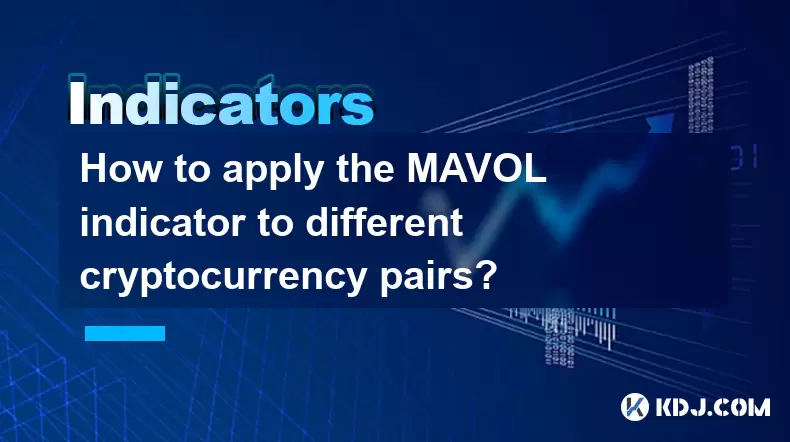-
 Bitcoin
Bitcoin $118400
0.47% -
 Ethereum
Ethereum $3836
2.20% -
 XRP
XRP $3.157
2.98% -
 Tether USDt
Tether USDt $0.9999
-0.03% -
 BNB
BNB $801.5
1.31% -
 Solana
Solana $180.9
2.07% -
 USDC
USDC $0.9999
-0.02% -
 Dogecoin
Dogecoin $0.2225
2.50% -
 TRON
TRON $0.3285
-1.02% -
 Cardano
Cardano $0.7789
2.60% -
 Hyperliquid
Hyperliquid $43.60
2.39% -
 Sui
Sui $3.892
4.41% -
 Stellar
Stellar $0.4229
3.34% -
 Chainlink
Chainlink $18.01
3.98% -
 Hedera
Hedera $0.2745
6.77% -
 Bitcoin Cash
Bitcoin Cash $582.3
3.38% -
 Avalanche
Avalanche $23.77
1.04% -
 Ethena USDe
Ethena USDe $1.001
0.01% -
 Toncoin
Toncoin $3.493
3.59% -
 Litecoin
Litecoin $110.0
2.48% -
 UNUS SED LEO
UNUS SED LEO $8.936
-0.37% -
 Shiba Inu
Shiba Inu $0.00001304
2.49% -
 Uniswap
Uniswap $9.999
1.09% -
 Polkadot
Polkadot $3.897
3.26% -
 Monero
Monero $308.6
-0.83% -
 Dai
Dai $0.9999
-0.01% -
 Bitget Token
Bitget Token $4.504
-0.04% -
 Pepe
Pepe $0.00001154
2.95% -
 Cronos
Cronos $0.1471
3.06% -
 Ethena
Ethena $0.6691
19.53%
What should I do if the ZIGZAG turning point conflicts with the moving average system?
The ZIGZAG indicator helps crypto traders spot key trend reversals, but conflicts with moving averages require confirmation through volume, momentum, and candlestick patterns for reliable trading decisions.
Jun 22, 2025 at 04:15 am

Understanding the ZIGZAG Indicator and Its Role in Cryptocurrency Trading
The ZIGZAG indicator is a popular tool used by cryptocurrency traders to identify significant price swings or turning points in the market. It filters out minor price fluctuations and highlights major trend reversals, making it especially useful for spotting support and resistance levels. In the context of crypto trading, where volatility is high and trends can change rapidly, the ZIGZAG helps traders visualize key pivot points.
However, one challenge arises when the ZIGZAG turning point conflicts with the moving average system, such as the Simple Moving Average (SMA) or Exponential Moving Average (EMA). This conflict may confuse traders about whether to follow the reversal suggested by the ZIGZAG or continue relying on the direction indicated by the moving average.
Important:
The ZIGZAG does not predict future movements but rather retraces past price action. Therefore, it should be used in conjunction with other tools like moving averages for better decision-making.How Moving Averages Work in Crypto Trading
Moving averages smooth out price data over a specified time period, offering a clearer view of the current trend. Traders often use combinations like the 50-day EMA and 200-day EMA to determine long-term trends, while shorter intervals like the 9-period or 21-period EMA are used for intraday or swing trading strategies.
In a typical scenario, if the price is above its moving average, it suggests an uptrend, and if it's below, it signals a downtrend. However, during consolidation phases or sudden market shocks, prices may cross above or below the moving average, creating false signals.
When the ZIGZAG indicator shows a potential reversal, yet the price remains aligned with the moving average, this creates a conflict that needs careful interpretation.
Analyzing the Conflict Between ZIGZAG and Moving Averages
This conflict typically occurs when:
- The ZIGZAG indicates a reversal, suggesting a new trend is forming.
- The price remains within the bounds of the moving average, indicating no clear change in trend.
Such situations are common in highly volatile markets like cryptocurrency. For instance, Bitcoin might show a ZIGZAG peak at $60,000, suggesting a downward turn, while still holding above its 50-day EMA, which implies strength in the uptrend.
Traders must assess whether the ZIGZAG signal is supported by volume, momentum indicators (like RSI or MACD), or broader market sentiment before acting.
Steps to Resolve the Conflict: Practical Guidance
To handle the discrepancy between the ZIGZAG turning point and the moving average system, follow these steps:
- Confirm the ZIGZAG signal with candlestick patterns – Look for engulfing candles, dojis, or hammers near the ZIGZAG turning point.
- Check volume at the turning point – If volume surges at the ZIGZAG reversal zone, it increases the probability of a genuine trend change.
- Overlay momentum indicators like RSI or MACD – These tools help confirm whether the price has truly lost or gained momentum.
- Use multiple timeframes – Analyze the daily chart alongside the 4-hour or 1-hour chart to see if the ZIGZAG signal aligns across different periods.
- Wait for price to break key moving averages – Before taking any trade, ensure that the price clearly breaches the moving average line, accompanied by supporting signals.
By following these steps, traders can reduce the risk of acting on false signals and improve their decision-making process when ZIGZAG and moving averages seem to contradict each other.
Case Study: Resolving Conflict in Real-Time Crypto Market Conditions
Let’s take a real-world example using Ethereum. Suppose the ZIGZAG indicator marks a new high, suggesting a bullish continuation. However, Ethereum’s price begins to drift below its 21-period EMA, indicating short-term weakness.
In this case:
- First, check the RSI on the 4-hour chart. If it shows overbought conditions followed by a bearish divergence, the moving average signal gains more weight.
- Next, observe the volume at the ZIGZAG peak. If it’s significantly lower than previous peaks, it could suggest weakening buying pressure.
- Then, watch for a candlestick pattern confirming rejection from the recent high. A bearish engulfing pattern would strengthen the case for a pullback.
Only after confirming these factors should a trader consider entering a position contrary to the initial ZIGZAG signal.
Frequently Asked Questions
Q1: Can I rely solely on the ZIGZAG indicator without using moving averages?
While the ZIGZAG is effective at identifying past turning points, it lags and doesn’t offer predictive value. Using it alone may result in delayed entries or false signals. Combining it with moving averages improves accuracy.
Q2: How do I set the parameters for the ZIGZAG indicator in crypto trading?
Most platforms default to a 5% deviation setting. However, in crypto, due to higher volatility, some traders adjust this to 8–12% for daily charts or 3–5% for shorter timeframes to capture more relevant swings.
Q3: What timeframe works best when reconciling ZIGZAG and moving average signals?
Daily and 4-hour charts are ideal for spotting major turning points and trend directions. Shorter timeframes like 1-hour or 15-minute charts can be used for entry confirmation but may increase noise.
Q4: Is there a way to automate the reconciliation of ZIGZAG and moving average signals?
Yes, through custom scripts or bots on platforms like TradingView or Binance, you can create alerts or even automated trades based on specific criteria involving both indicators. However, thorough backtesting is essential before deploying such systems live.
Disclaimer:info@kdj.com
The information provided is not trading advice. kdj.com does not assume any responsibility for any investments made based on the information provided in this article. Cryptocurrencies are highly volatile and it is highly recommended that you invest with caution after thorough research!
If you believe that the content used on this website infringes your copyright, please contact us immediately (info@kdj.com) and we will delete it promptly.
- SEC, Crypto, and On-Chain: Navigating the Regulatory Maze
- 2025-08-01 02:31:40
- Bitcoin Bullish Market: How Long Positions are Boosting the Crypto King
- 2025-08-01 02:35:33
- Visa, Stellar, and Stablecoins: A New York Minute on the Future of Finance
- 2025-08-01 01:50:50
- BCH, FET, BlockDAG: Decoding the Crypto Buzz
- 2025-08-01 01:16:37
- Conflux Token, Crypto Simplicity, and WeWake Finance: A New Era?
- 2025-08-01 01:50:50
- Dogecoin, Remittix, and Analyst Targets: Navigating the Crypto Landscape
- 2025-08-01 01:55:40
Related knowledge

What does it signify when the MACD crosses below the zero line?
Aug 01,2025 at 01:43am
Understanding the MACD IndicatorThe Moving Average Convergence Divergence (MACD) is one of the most widely used technical analysis tools in the crypto...

How does the MACD histogram show momentum?
Aug 01,2025 at 01:16am
Understanding the MACD Histogram and Its Role in Cryptocurrency TradingThe MACD histogram is a visual representation of the difference between the MAC...

What is a MACD crossover?
Jul 31,2025 at 11:52pm
Understanding the Role of Private Keys in Cryptocurrency SecurityIn the world of cryptocurrency, private keys are the cornerstone of ownership and con...

How can you use the MACD histogram to determine trend strength?
Jul 31,2025 at 11:10pm
Understanding the MACD Histogram and Its ComponentsThe MACD (Moving Average Convergence Divergence) histogram is a visual representation of the differ...

What is the impact of different moving average types (SMA vs. EMA) on the MAVOL indicator?
Aug 01,2025 at 02:31am
Understanding the MAVOL Indicator in Cryptocurrency AnalysisThe MAVOL (Moving Average Volume) indicator is a technical analysis tool used in the crypt...

How to apply the MAVOL indicator to different cryptocurrency pairs?
Aug 01,2025 at 12:43am
Understanding the MAVOL Indicator in Cryptocurrency TradingThe MAVOL indicator, short for Moving Average Volume, is a technical analysis tool that app...

What does it signify when the MACD crosses below the zero line?
Aug 01,2025 at 01:43am
Understanding the MACD IndicatorThe Moving Average Convergence Divergence (MACD) is one of the most widely used technical analysis tools in the crypto...

How does the MACD histogram show momentum?
Aug 01,2025 at 01:16am
Understanding the MACD Histogram and Its Role in Cryptocurrency TradingThe MACD histogram is a visual representation of the difference between the MAC...

What is a MACD crossover?
Jul 31,2025 at 11:52pm
Understanding the Role of Private Keys in Cryptocurrency SecurityIn the world of cryptocurrency, private keys are the cornerstone of ownership and con...

How can you use the MACD histogram to determine trend strength?
Jul 31,2025 at 11:10pm
Understanding the MACD Histogram and Its ComponentsThe MACD (Moving Average Convergence Divergence) histogram is a visual representation of the differ...

What is the impact of different moving average types (SMA vs. EMA) on the MAVOL indicator?
Aug 01,2025 at 02:31am
Understanding the MAVOL Indicator in Cryptocurrency AnalysisThe MAVOL (Moving Average Volume) indicator is a technical analysis tool used in the crypt...

How to apply the MAVOL indicator to different cryptocurrency pairs?
Aug 01,2025 at 12:43am
Understanding the MAVOL Indicator in Cryptocurrency TradingThe MAVOL indicator, short for Moving Average Volume, is a technical analysis tool that app...
See all articles

























































































